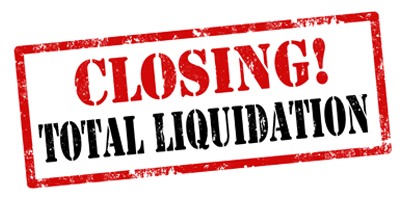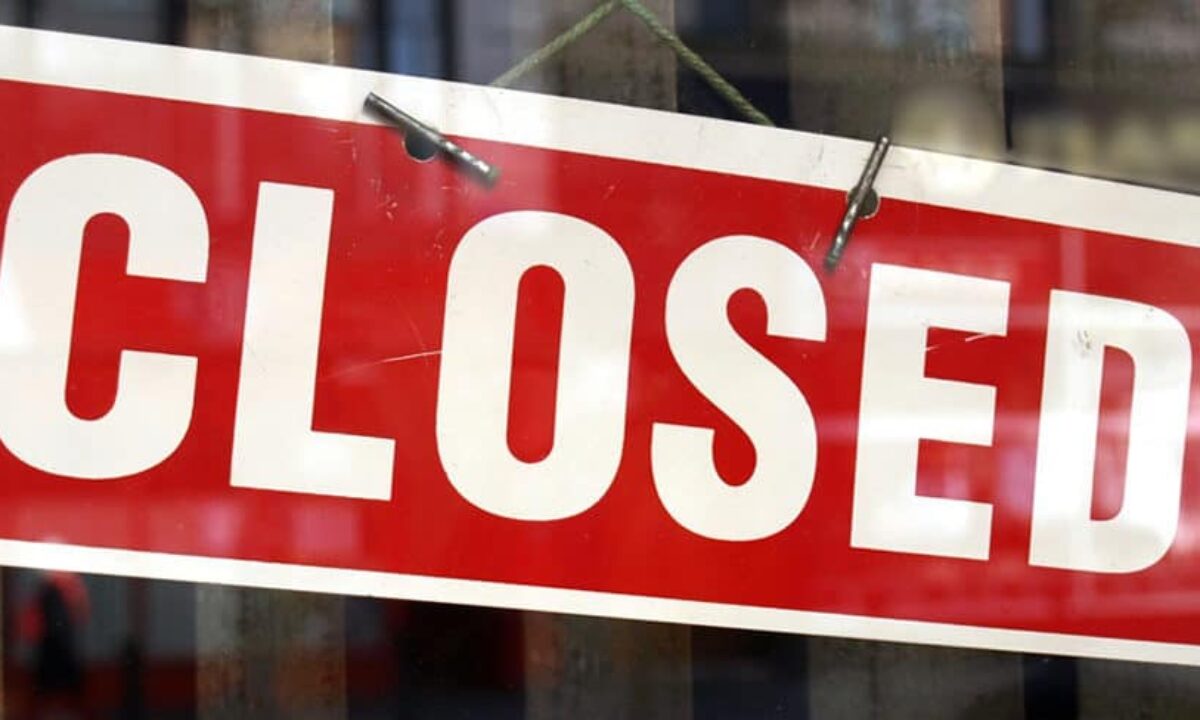The 5-Minute Rule for Company Liquidation
The 5-Minute Rule for Company Liquidation
Blog Article
Company Liquidation Can Be Fun For Everyone
Table of ContentsA Biased View of Company LiquidationWhat Does Company Liquidation Mean?Company Liquidation for DummiesTop Guidelines Of Company LiquidationRumored Buzz on Company Liquidation
A liquidator is specifically designated to manage the winding up of a business's affairs in order for it to be folded normally when the firm is declaring bankruptcy. The liquidator is a neutral 3rd party that manages the sale of business possessions in order to pay off any arrearages.Their duty consists of, however is not limited to: Unbiased Overseer: A liquidator is entrusted with working as a neutral 3rd party to supervise the entire firm liquidation procedure. Produce Statement of Matters: Liquidators need to produce an extensive declaration of events document. This file is dispersed to financial institutions, outlining the current financial standing of business at the time of its liquidation.
After the liquidation of a company, its presence is eliminated from Business House and it discontinues to be a lawful entity. If directors browsed the process uncreative, there would certainly be no penalties or individual obligation for firm financial debts anticipated. Now, with a clean slate, supervisors can check out brand-new service opportunities, though specialist assessment is a good idea.
Getting The Company Liquidation To Work
If more than 90% of all company shareholders agree, liquidation can take place on short notification within 7 days, the minimal legal notification for financial institutions. Usually, the larger the liquidation and the even more possessions and capital the organization has, the longer the process will certainly take.

We recognize that no 2 firms are the very same, which is why we will certainly take the time to be familiar with your business so we can advise the most effective training course of activity for you. We just function in your benefits, so you can be completely positive in the service we provide.
Indicators on Company Liquidation You Should Know
In the UK, there is an established process to shutting down or reorganizing a limited firm, whether it is solvent or financially troubled. This process is called liquidation and can only be dealt with by a qualified insolvency expert (IP) based on the Insolvency Act 1986. There are 4 main kinds of company liquidation procedure: Creditors' Volunteer Liquidation (CVL); Mandatory liquidation; Administration; and Participants' Voluntary Liquidation (MVL).

In these circumstances, it is vital that the business ceases trading; if the business remains to trade, the directors can be held personally accountable and it can result in the bankruptcy professional reporting wrongful trading, referred to as misfeasance, which might result in legal activity. The directors assign an insolvency expert and when this has been concurred and verified, there is a conference with the shareholders.
The supervisors are no longer involved in what takes place, including the sale of the company's assets. If the directors want any of the possessions, they can notify the IP.
Rumored Buzz on Company Liquidation
The major distinction is that the business's lenders put on the court for a winding up order which compels the bankrupt business into a liquidation process. Creditors take this activity as a last resort because they have not gotten payment via other forms of arrangement. The court selects an insolvency specialist, also called an official receiver, to perform the required business liquidation procedure.
This sort of company liquidation is not volunteer and directors' conduct is reported to the UK's Assistant of State once the liquidation process has actually been completed. Any kind of supervisor that fails to comply with the IP or has actually been included in supervisor transgression, or a fraudulent act, might result in significant effects.
It is utilized as a way to safeguard the firm from any lawsuit by its creditors. The supervisors of the business accept make normal payments to settle their financial debts over an amount of time. The designated manager handles the voluntary management procedure, and obtains the payments which they after that disperse to creditors according to the agreed amounts.
The 7-Second Trick For Company Liquidation
This offers the company with time to develop a strategy going onward to save the business and prevent liquidation. At this point, directors hand control of the firm over to the assigned manager. If a business is solvent but the supervisors and investors wish to close business, a Participants Volunteer Liquidation is the right choice.
The company liquidation procedure is taken care of by a liquidator selected by the directors and investors of the business and they need to sign a declaration that there are no financial institutions continuing to be. The liquidation process for an MVL resembles that of a CVL because properties are realised yet the profits are distributed to the directors and the investors this website of the business after the liquidator's fees have actually been paid.
Report this page